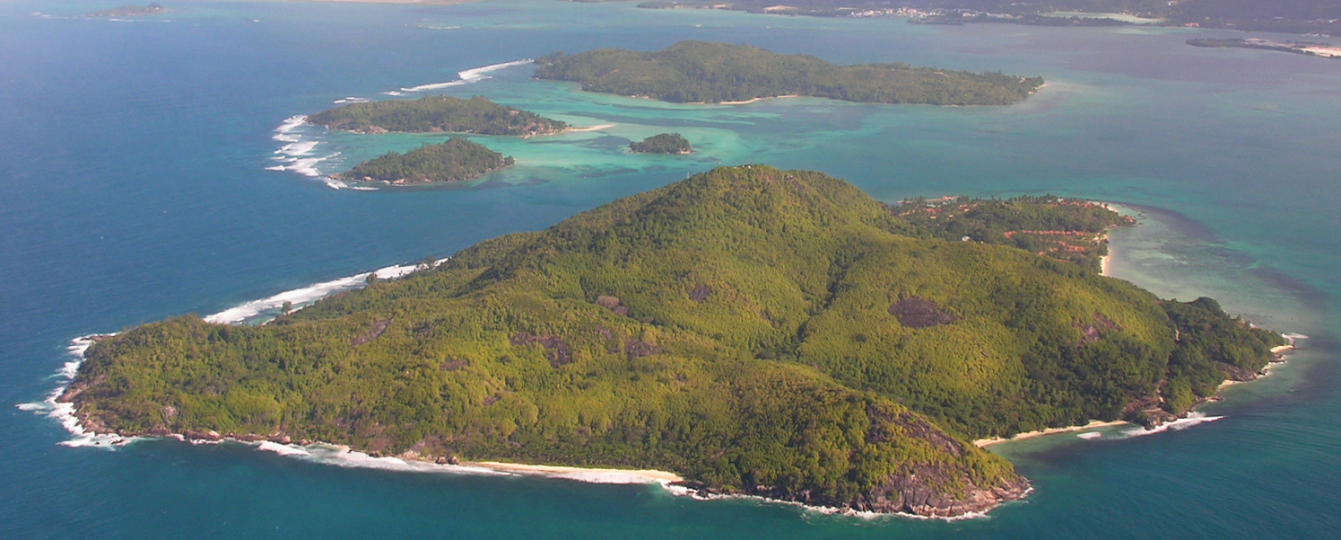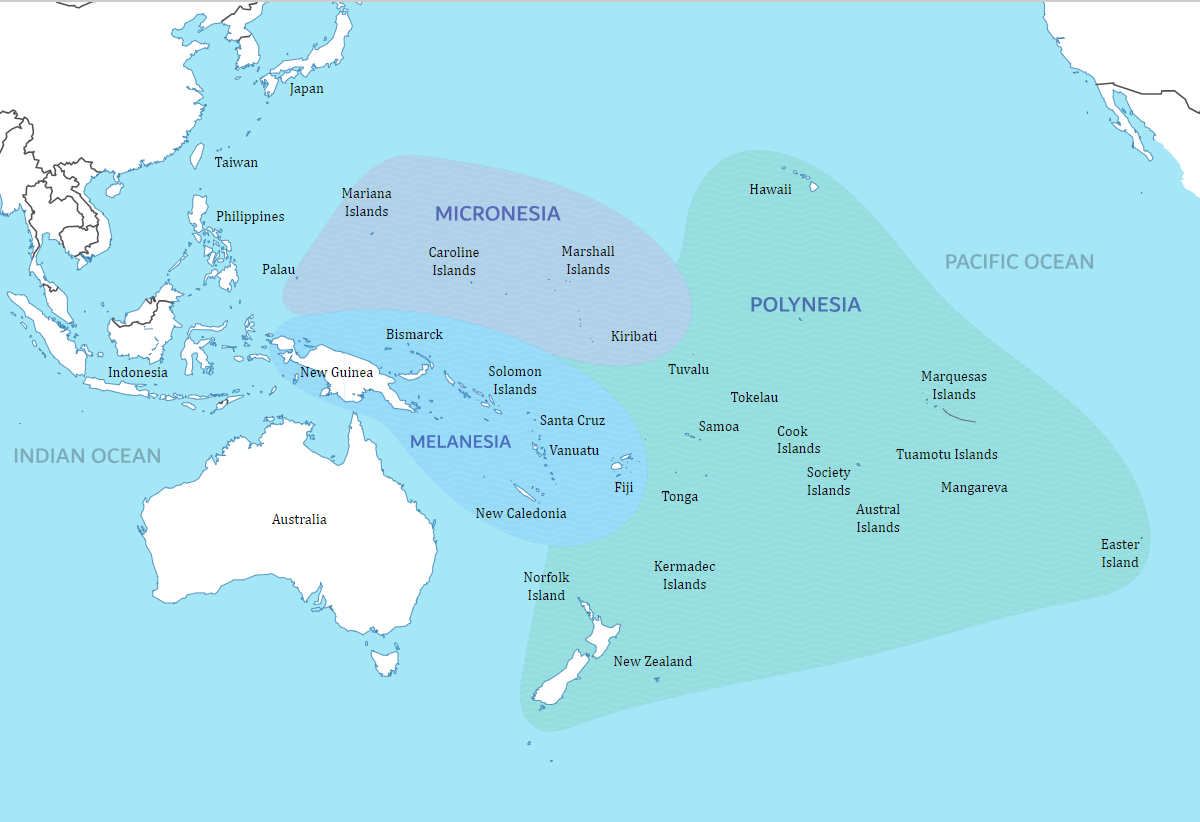A comprehensive list of islands by name is an extensive catalog that includes all islands around the globe, categorized by their official names. This list is incredibly varied, showcasing the vast diversity of our planet. From widely recognized islands such as Australia, Greenland, and Madagascar, to lesser-known islands such as Tuvalu in the Pacific or Svalbard in the Arctic Circle, this list encapsulates the beauty and mystery of these isolated land masses. Such a compilation has extensive uses, including geographical research, cartography, travel planning, and educational purposes.
It can be sorted alphabetically, by region, or by size, depending on the user’s needs. This list also includes islands that form part of larger countries, such as Sicily of Italy, Jeju in South Korea, or Prince Edward Island in Canada. It’s fascinating to explore this comprehensive list, as it often reveals islands you’ve never heard of, with rich histories, unique ecosystems, and diverse cultures waiting to be discovered. Delving into this vast catalog can truly open one’s eyes to the sheer variety of islands that exist within our world, each with its own unique identity and charm.

Islands Organized Alphabetically
Islands Organized Alphabetically is a unique and systematic approach to categorizing the numerous islands scattered across the globe. This method offers an interesting perspective for geographers, researchers, tourists, and students who seek to study or explore these fascinating landforms. By organizing islands alphabetically, the task of memorizing and identifying them becomes more manageable and less overwhelming. Starting from islands beginning with ‘A’, such as Aruba in the Caribbean or Andaman in the Bay of Bengal, and finishing with those starting with ‘Z’, like Zakynthos in Greece or Zanzibar off the coast of Africa, the list would encompass every island, regardless of its geographical location, size, or terrain.
This systematic arrangement also allows for easy comparison and contrast between different islands. For instance, one may compare the climates of Bora Bora (located in French Polynesia) and Bermuda (situated in the North Atlantic Ocean) or delve into the cultural differences between Crete (Greece) and Cuba (Caribbean). This can be an enriching experience, providing a wealth of knowledge about the world’s geography, biodiversity, and cultures.
Furthermore, this alphabetical method can also be beneficial for travel enthusiasts who are planning their next island getaway. They can easily navigate through the list, gain insights into various islands, and make an informed decision about their travel destination. For instance, if they prefer a destination starting with ‘S’, they can choose between Santorini, Sardinia, Seychelles, or Samoa, among others.
In conclusion, Islands Organized Alphabetically is a comprehensive, systematic, and effective approach to classifying islands that not only simplifies the process of learning about these landforms but also provides a broader understanding of the world’s geography. It’s a method that brings everything under one umbrella, making it easier for everyone to navigate the vast array of islands that our planet offers.
Major Islands and Their Significance
Major islands around the world hold significant importance due to their unique characteristics, whether it be in terms of geography, biodiversity, or cultural heritage. For instance, Greenland, the largest island on Earth, is essential for understanding global climate change because of its vast ice cap. On the other hand, islands like Japan, Great Britain, and Indonesia have been pivotal in shaping world history, culture, and economy due to their strategic locations and rich resources. The Galapagos Islands, famous for their unique and diverse species, contributed to the development of Charles Darwin’s Theory of Evolution, thus playing a crucial role in the field of biology.
Australia, the world’s smallest continent or the largest island, serves as a prime example of island biogeography and endemism, with a majority of its wildlife found nowhere else on Earth. Meanwhile, islands like Sri Lanka and Madagascar are renowned for their abundant biodiversity and are considered hotspots for conservation efforts. Small island nations in the Pacific and Indian Oceans, such as Maldives and Fiji, while facing the brunt of climate change, are leading the way in sustainable tourism and marine conservation. In the Caribbean, islands like Cuba and Jamaica are known for their vibrant cultures, music, and cuisines. In essence, each major island, in its unique way, contributes significantly to our understanding of the planet’s geography, ecology, history, and cultural diversity.

Notable Island Groups and Archipelagos
Island groups and archipelagos hold immense geographical and ecological significance and are renowned for their unique biodiversity. For instance, the Galapagos Islands, located in the Pacific Ocean, are renowned for their unique and diverse wildlife, which inspired Charles Darwin’s theory of natural selection. The Hawaiian Islands, another notable group, are home to distinct flora and fauna as a result of their isolated location in the Pacific Ocean. The Maldives, an archipelago in the Indian Ocean, is celebrated for its exquisite beauty and biologically diverse coral reefs.
In addition, the Caribbean Islands, characterized by their tropical climate and stunning landscapes, are a major hotspot for tourists worldwide. Similarly, the Greek Islands in the Aegean Sea are famous for their rich history, stunning landscapes, and vibrant culture. The Indonesian archipelago, the largest in the world, consists of over 17,000 islands and boasts a vast array of ecosystems, from tropical rainforests to coral reefs.
The British Isles, comprising Great Britain, Ireland, and several smaller islands, are renowned for their rich cultural heritage and historical significance. The Japanese archipelago, located off the eastern coast of Asia, is made up of 6,852 islands, offering a blend of modern metropolises, ancient traditions, and diverse landscapes.
The Arctic Archipelago, located in the northernmost part of North America, is known for its harsh climate and the unique wildlife that inhabit it. The Philippine Archipelago is another significant group, with its 7,641 islands being home to a diverse range of ethnic groups, each with their own distinct languages and cultures.
These island groups and archipelagos, each with their unique geographical features, climate, and biodiversity, play critical roles in maintaining our planet’s ecological balance. They are crucial habitats for numerous species, many of which cannot be found anywhere else on Earth. They also act as natural laboratories, providing invaluable insights into evolution, climate change, and conservation.
Islands by Region and Continent
Islands vary greatly by region and continent, each possessing unique characteristics influenced by their geographic location, climate, and natural resources. In Asia, the world’s largest continent, there is a wide variety of islands that range from the volcanic islands of Japan to the tropical paradise of the Maldives. Japan, for instance, is an archipelago consisting of 6,852 islands with diverse landscapes from mountainous terrains to verdant forests and serene beaches. The Maldives, on the other hand, is renowned for its crystal-clear blue waters, white sandy beaches, and abundant marine life.
In contrast, the islands found in Europe are quite different. The Greek islands in the Aegean Sea, known for their white-washed buildings and azure waters, offer a rich history and vibrant culture. The British Isles in the North Atlantic, comprising of Great Britain and Ireland among others, display a variety of landscapes from rugged coastlines to rolling green hills, with a climate greatly influenced by the Gulf Stream.
Africa, a continent known for its abundant wildlife and natural resources, is home to Madagascar, the fourth largest island in the world. Madagascar is known for its unique biodiversity, with many species found nowhere else on earth. The Seychelles, an archipelago in the Indian Ocean, is famous for its pristine beaches, coral reefs, and nature reserves.
In the Western Hemisphere, the islands of North and South America are just as varied. The Caribbean islands, including Cuba, Hispaniola, and Puerto Rico, are famous for their tropical climate, sandy beaches, and rich cultural heritage. In the Pacific Ocean, the Galapagos Islands off the coast of Ecuador are renowned for their unique wildlife and were instrumental in Charles Darwin’s development of the theory of evolution.
Oceania, home to the continent of Australia, includes thousands of islands in the Pacific Ocean, such as Fiji, New Zealand, and the Hawaiian Islands, known for their diverse ecosystems, indigenous cultures, and stunning landscapes.
In conclusion, islands by region and continent are incredibly diverse, each offering distinct landscapes, climates, and biodiversity. Whether it’s a tropical paradise, a rugged landscape, or a rich historical site, each island has its unique charm and appeal.

Historical and Cultural Insights on Selected Islands
Islands, with their unique geographic isolation, offer fascinating historical and cultural insights that are markedly different from mainland societies. For instance, Japan, an archipelago in East Asia, has a rich tapestry of history steeped in Samurai culture and Shinto traditions. The island nation’s isolation for centuries resulted in a distinct cultural evolution, marked by unique art forms, architecture, and societal norms. Similarly, the Hawaiian Islands in the Pacific Ocean tell an intriguing tale of Polynesian settlers, their spiritual connection to nature, and their sophisticated navigation skills. Their history is deeply embedded in their music, dance, and oral storytelling traditions, which continue to thrive today.
The Greek Islands in the Aegean Sea, on the other hand, offer glimpses of ancient civilizations, their pantheon of gods, and their profound philosophical thought. They host an abundance of archaeological sites, each narrating tales of the past and the civilizations that once thrived there. In contrast, in the Indian Ocean, the Maldives showcases a unique blend of South Asian cultures, influenced by centuries of trade and colonial interactions. Their cultural heritage is reflected in their language, music, and cuisine.
The Caribbean islands, with their vibrant blend of African, European, and indigenous influences, are a testament to the region’s complex colonial history and resultant cultural fusion. Their music, dance, and culinary traditions bear the imprint of this multicultural heritage. On the other side of the world, the islands of New Zealand narrate the story of the Maori people, their spiritual beliefs, and their deep connection to the land and sea. Their cultural practices, language, and art forms are integral parts of New Zealand’s national identity.
These islands, each with their unique historical narratives and cultural identities, showcase the diversity of human societies. Their histories are intricately woven with their geographical features, resources, and the influences they have encountered over time. They serve as rich repositories of cultural heritage and provide valuable insights into human adaptability and cultural evolution.
